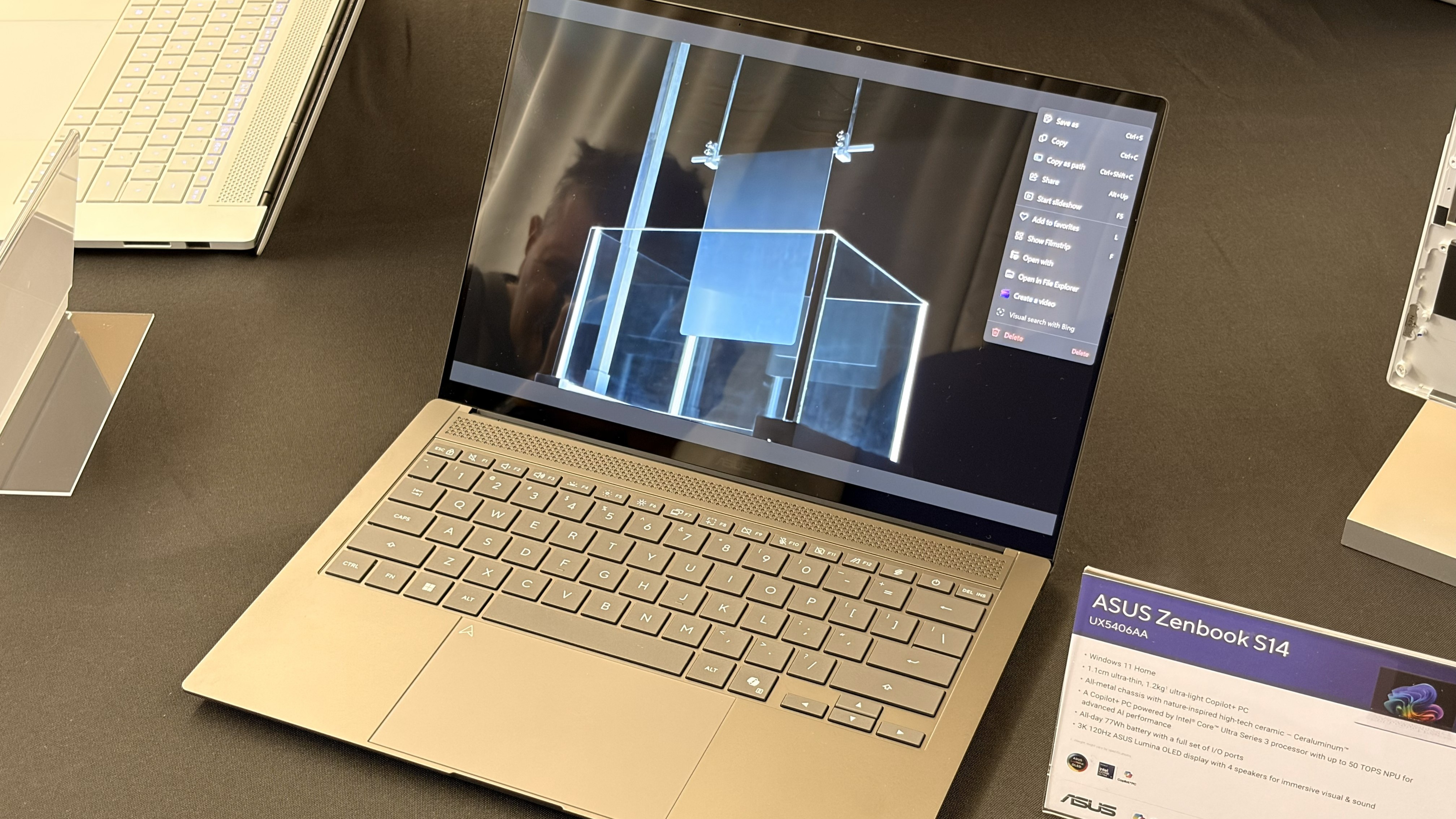Watch a Blizzard game director code a game using nothing but ChatGPT
ChatGPT wrote every line of code for this recreation of Flappy Bird.
What you need to know
- A developer used ChatGPT to recreate the famous game "Flappy Bird."
- ChatGPT wrote all of the code for the game, with the developer only adding prompts with natural language.
- The result was a functional recreation of Flappy Bird without a single line of code written by a human.
OpenAI's GPT-4 is a powerful tool in the hands of creators. One developer wanted to test the capabilities of the Large Language Model (LLM) by seeing if it could code an entire video game. Wyatt Cheng, a game director at Blizzard Entertainment, shared a video on his personal YouTube channel of his experiment with ChatGPT and Flappy Bird.
Cheng used natural language to ask ChatGPT to help make the game. ChatGPT created a six-step plan to make Flappy Bird in Unity. Cheng then followed the steps, but none of the actual code was written by him. ChatGPT created every line of code and Cheng copied it over.
ChatGPT didn't act as a magic wand that made a game from scratch without some help. Cheng had to work in conjunction with the tool to troubleshoot issues, such as the bird falling down as a game started and the counter for passing pipes being timed incorrectly.
What ChatGPT did, was understand prompts written by Cheng, such as:
"The script works great for controlling the bird but the camera is not following the bird. I want the camera to follow the bird's horizontal movement."
ChatGPT then generated code matching Cheng's prompt.
It's not just Flappy Bird that developers have managed to make using ChatGPT. Ammaar Reshi, design manager at Brex, used GPT-4, MidJourney, and several other tools to create a 3-D space runner. The game is a recreation of SkyRoads, a title that was available on MS-DOS.
Reshi detailed his process in a Twitter thread:
All the latest news, reviews, and guides for Windows and Xbox diehards.
So, you think GPT-4 can't make a complex game... think again!Here's how I used GPT-4, @Replit, MidJourney, Claude, assembling a team of AI assistants, to create a 3D space runner from scratch with ZERO knowledge of Javascript or 3D game programmingFollow along for a saga! 🧵 pic.twitter.com/a8trr2xPZdMarch 19, 2023
The examples shared online are proof that you can make working games using ChatGPT, but Microsoft plans to take things further. GitHub Copilot in Visual Studio 2022 suggests lines of code and functions by using AI to understand the context of code. It can also make suggestions based on comments.
GitHub Copilot can also generate code by following prompts written in natural language, much like what ChatGPT did in Cheng's experiment.

Sean Endicott is a news writer and apps editor for Windows Central with 11+ years of experience. A Nottingham Trent journalism graduate, Sean has covered the industry’s arc from the Lumia era to the launch of Windows 11 and generative AI. Having started at Thrifter, he uses his expertise in price tracking to help readers find genuine hardware value.
Beyond tech news, Sean is a UK sports media pioneer. In 2017, he became one of the first to stream via smartphone and is an expert in AP Capture systems. A tech-forward coach, he was named 2024 BAFA Youth Coach of the Year. He is focused on using technology—from AI to Clipchamp—to gain a practical edge.

